Recently, we received a question from a reader inquiring about the small black worms (or “tiny black worms,” as the reader put it) he found in the entrance of his house. The worms are about one centimeter long, and instead of lying straight, they tend to curve into semicircles. What are these small black worms, and if they are found, should you do anything about it?
The reader was concerned that he was dealing with a wood infestation, but fortunately this doesn’t seem likely, as we suspect that the reader is dealing with one of two different types of worms that don’t infest wood. What are these two types of worms? Millipedes and flea larvae, and neither of them are actually worms, although their cylindrical bodies given them the appearance of small worms.
Let’s begin with millipedes. These small, worm-like creatures are a brownish black color, and they tend to be about a quarter of an inch to one inch long. Almost all of their body segments have two legs, although these can be hard to see when the millipedes are small. (Still, our reader should look closely at the creatures in their entrance to see if they have tiny legs.) As a defense, millipedes curl into circles, one of the characteristics of the “worms” affecting our reader.
Finding millipedes is particularly likely to happen in the spring, as this is when the females lay their many eggs (often 300 eggs at one time, in fact). If our reader is dealing with millipedes, it’s possible they will grow, molt and perpetuate themselves, but most millipedes will die quickly inside your house, stripped as they are of their natural food and environment. Millipedes also don’t sting or bite, in contrast to centipedes. Even so, millipedes can emit a foul liquid when disturbed, which can irritate sensitive skin.
Since millipedes thrive in leaf litter and other moist debris, it is good to remove such stuff from around the house. Millipedes that are inside are ultimately coming from the outside, so if you can limit their presence around your house, they are less likely to get in. It’s also important to make sure that cracks and gaps around the house, like those found around a drafty door, are sealed.
Flea larvae can also look like small, black worms, although they vary in color. Flea larvae are really tiny, so they don’t perfectly fit the description of our reader’s creature, but they can still be noticeable to the naked eye. The larva stage is the second stage of the flea life cycle, and in any given flea population, 35 percent will be in this stage. In almost all cases, pets are responsible for introducing flea larvae into homes, as cats and dogs get fleas far more often than humans. They are often found on pets’ bedding, but if your pet spends time lying around the entrance of the house, it’s possible to find flea larvae in this location too. Flea larvae of course grow into fleas, and fleas can cause problems for pets and animals (in addition to causing irritation, they can also carry parasites), so they need to be eradicated from your home if they are found. This will most likely involve treating your pet for fleas, and once your pet is free of fleas, the flea life cycle is broken, meaning there will be no more flea larvae to deal with.
All About Worms is always free, always reader-supported. Your tips via CashApp, Venmo, or Paypal are appreciated! Receipts will come from ISIPP Publishing.



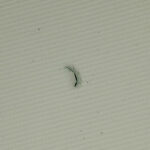
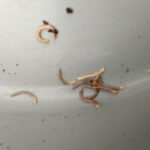
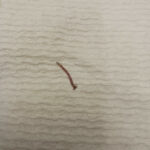
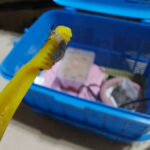
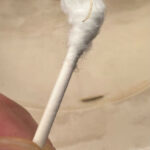
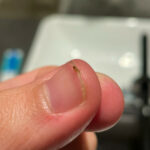
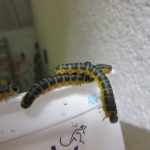
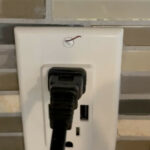



These worms are not millipedes or flea larve. I have the same problem. They are some sort of parasite. They are brownish black and are about the size of a flea—maybe a little longer when stretched out but they are in piles in my barn, around my entrances and now they’re inside my house. One batch of them had piles of tiny tan colored specks which was probably eggs. I found the creatures attached to my cat with the tan colored dust on his back. I washed the cat several times and the water was very bloody most of the time. I tried enzymes, flea spray, Diamatious earth and dewormer for many weeks and he may be finally getting better. They are now attached to my dogs and it’s just awful. Does anyone know what they can be and how to get rid of them for good? I don’t want them attaching themselves to our family.